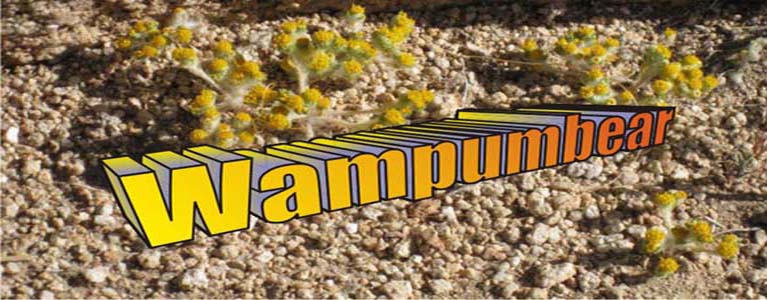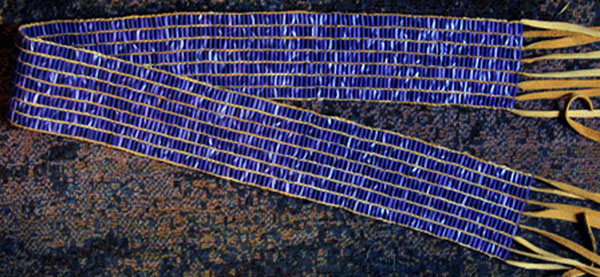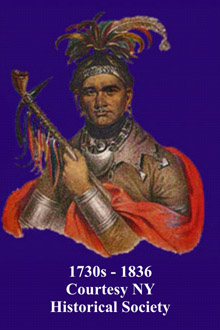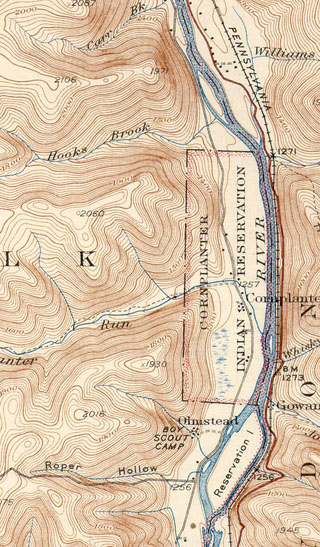 |
 |
Photographs (left to right): Turtles, Florida; Wooley Sunflowers, California; White Mountains, California
Corn Planter's Belt

NYSM #37432
Original (Clarke, 1931)

Reproduction R. D. Hamell
July 07 2010
Original Size: |
Length: 36.5 inches. Width: 2.0 inches. Rows: 7. |
Reproduction: |
Beaded length: 37.75 inches. Width: 3.25 inches. Rows: 7. Length with fringe: 61.75 inches |
Beads: |
225 rows: 7 wide: Total: 1,575 beads. |
Materials: |
Warp: leather. Weave: Artificial sinew. |
Description:
"A long, narrow, somewhat mutilated belt made entirely of purple beads strung on fine buckskin thongs which are double and twisted along the edges. It once may have carried five white designs of some nature in the now regularly distributed gaps along its length.
It was the person belt of the once noted Seneca civil chief, Cornplanter. The demonstration of sorrow was portrayed by dark ritualistic ceremonies performed for decease sachems.
In obedience to a dream, Cornplanter destroyed all of his personal effects except this belt and a tomahawk. He resigned his title in favor of an Indian by the name of Canada was installed in office he received these two tokens." (Clarke, 1931).
According to Bardeau (2010):
"It represents the treaty belt given to Cornplanter as a record of the land reserved for him in Pennsylvania. There once were five designs which have become unclear because of the gaps from missing beads. This was Cornplanter's personal belt."
Stolle, Nickolaus
Purchased from Harriet M. Converse in 1903: collected among the Seneca (Clarke, 1931)
Wikipedia
he Cornplanter Tract or Cornplanter Indian Reservation was a plot of land in Elk Township, Warren County, Pennsylvania that was administered by the Seneca tribe. The tract consisted of 1,500 acres (610 ha) along the Allegheny River.
The tract comprised the only native reserved lands within the state of Pennsylvania during its existence. It was originally established in 1796 as a grant to John "Cornplanter" Abeel, the Seneca diplomat, for his personal use, with the right to pass the plot down through his descendants forever.[1] Cornplanter promptly opened up his plot to native settlement, and within two years, 400 Seneca were living on the tract.[2] In 1918, most of Cornplanter's descendants were killed in the 1918 flu pandemic,[3] and Jesse Cornplanter, the last male heir, died in 1957 without having children,[4] leaving the plot without ownership. The plot was already largely abandoned as a residence by the time of Jesse's death, and a 1941 map (seen at right) shows only scattered buildings on the tract.
In the early 1960s, construction of the Kinzua Dam created the Allegheny Reservoir, which submerged the vast majority of the tract. Graves located in a cemetery on the tract were exhumed and their bodies, including what is believed to be Cornplanter's, were reinterred in higher ground.[5][6][7]
References[edit]
^ "Chief Cornplanter". Pennsylvania Historical and Museum Commission. Retrieved 2018-05-31.
-
^ "Cayuga: Our Oral Legacy - Home. Cayuga Digital Dictionary". Archived from the original on 2012-03-26. Retrieved 2012-05-27.
-
^ Bulletin of the New York State Museum, 1920. Section: "Death of Chief Edward Cornplanter," pages 104 and 105.
-
^ Lester, Patrick D. The Biographical Directory of Native American Painters. Tulsa, OK: SIR Publications, 1995: 125
-
^ "Cornplanter Cemetery - Warren County, Pennsylvania". Retrieved 2012-09-23.
-
^ "Cemetery Flooded by the Kinzua Dam". Retrieved 2012-09-23.
-
^ Alvin M. Josephy, Jr. (December 1968). "Cornplanter, Can You Swim?". American Heritage Magazine. 20 (1). Retrieved 2012-09-23.
Comment:
In reproducing Cornplanter's belt the author decided to fill the 'gaps' with purple beads.
Reference:
Bardeau, Eileen Wms., Edited by Jaré Cardinal, 2010. Definitive Seneca: It's In The Word by Published by Seneca-Iroquois National Museum.
Clarke, Noah T. 1931 New York State Museum Bulletin No. 288.
 |
 |
 |
 |
 |
 |
 |
 |
|---|

